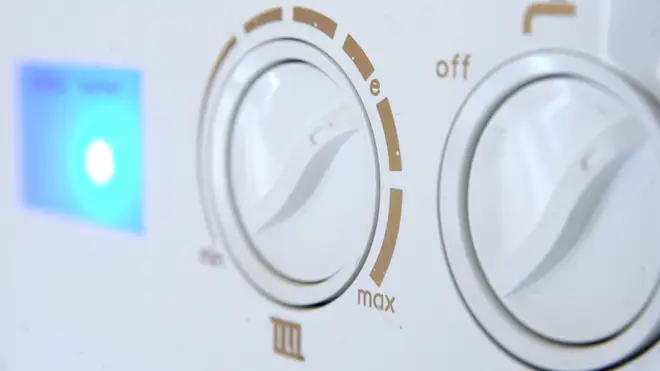
Nick Abbot 10pm - 1am
26 January 2022, 23:04

It says the move could see emissions cut by 7%, but it would be better used in heavy industry.
Household energy bills could rise considerably if the Government and industry pushes ahead to replace some of the UK’s gas supply with hydrogen, a new report has claimed.
The Government is considering plans that would blend 20% hydrogen into the gas grid, which is possible without major changes to boilers and other infrastructure.
But analysis from research outfit Fraunhofer IEE found if these plans go ahead it could push up energy bills by 16% for homes, and even more in factories.
The final decision on whether to blend more hydrogen into the network will be taken next year, but the energy networks themselves have already reported they will be ready to take the move if needed.
Hydrogen can be used to run boilers, and it does not release anything other than water vapour when it burns.
In that sense it is a clean fuel, and its introduction could reduce carbon emissions. But an overwhelming majority of hydrogen is produced from natural gas, a process which emits carbon.
Hydrogen “is and will remain significantly more expensive than natural gas”, the report said.
University of Cambridge professor of mechanical engineering David Cebon said: “The UK’s plans to blend 20% hydrogen into the natural gas grid will only increase costs for both industrial consumers and households.
“The Government should take note of the findings of this important research, particularly during a gas price crisis we should not risk escalating energy costs.
“Hydrogen can be used in higher priority sectors with a greater impact on emissions.”
The report says the hydrogen plans would only reduce emissions by 7%. If instead this hydrogen is used in industry and other high sectors, emissions could drop by 30%, the report said.
The report deals with EU households, but the UK is one of the biggest consumers of gas in Europe.
In 2020, 38% of the UK’s gas demand was used for domestic heating, 29% to make electricity and 11% for industrial and commercial use, according to figures compiled by trade body Oil & Gas UK.